The upstream sector also known as the Exploration and Production (E&P) sector, normally covers the exploration and discovery of sources of crude oil and gas both onshore and offshore. It also covers the drilling of exploratory wells and the operation of these wells to extract the discovered energy source and bring it to the surface for transportation to refineries.
The main physical aspects that can be simulated when building an upstream virtual model are mentioned below.
Reservoir and geology simulation (basin modeling and simulation, well data interpretation, near-well modeling of multiphase flow simulation, utilizing, for example, reservoir simulation software).
Production phase simulation (completion processes, liquid/gas production processes, well distribution systems, etc.)
Subsea systems design and analysis (pipeline lay analysis, simulation and analysis of mechanical-structural components and devices, stress analysis and design of pressure components, etc.).
Offshore structures design and analysis (simulation and analysis of fixed and floating offshore structures, structural verifications and code checks, revamping of existing fixed offshore structures based on the stochastic fatigue approach, simulation and analysis of pressure vessels and pressure components, vessel and pipeline dynamic motion analyses for S-laying or J-laying pipeline configurations).
The downstream sector refers to the extracted hydrocarbons in their liquid form (petroleum) or in their gaseous form (natural gas) being refined and the subsequent distribution of derivative products such as fuels, petrochemicals, lubricants and residuals for use in by-products.
The main physical aspects that can be simulated when building a downstream virtual model include: Heat and mass transfer in distillation columns, heat transfer equipment; Bulk liquid storage structures for both atmospheric and low temperature/cryogenic storage; Pressure drop evaluation; Mist eliminators; Process furnaces; Fluid dynamic analysis of coker and vacuum towers; Evaluation of inlet feed devices to reduce the liquid entrainment and velocity to improve vapor distribution; Understanding of risers, regenerators, and cyclones for the FCC process; Investigation of flow patterns and FSI in horizontal and vertical piping; Flow rate meters/flow meters; Gravitational separators; Petrochemical storage and process vessels; Refinery process units; Petrochemical facilities; Gasification plants, hydrogen generating plants; Equipment simulation optimization.
EnginSoft's primary areas of expertise in the Oil & Gas and Offshore Industry is in the upstream and downstream sectors.
Our expertise ranges from geotechnical-geomechanical engineering (including reservoirs simulation and exploitation) to fluid mechanics engineering; from structural engineering to analysis and simulation, design and assessment. To initiate a discussion, please contact us with your specific requirements.
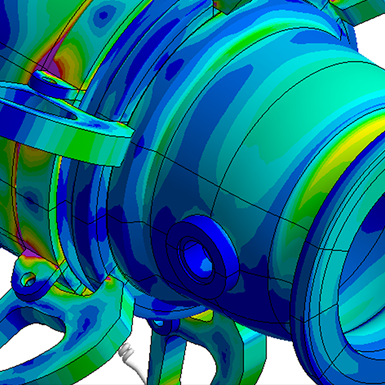
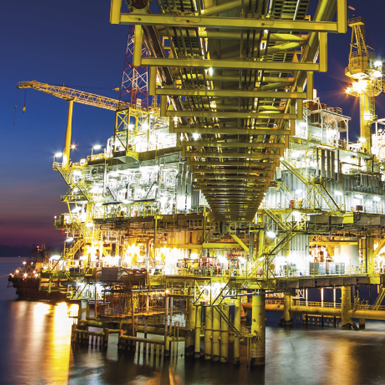
Read the interesting in-depth analysis on the specific engineering challenges presented by the offshore environment, whether the structures are intended for extracting minerals and hydrocarbons from the seabed, or for capturing and converting alternative energy sources, such as wind or wave power.
The two-part feature article delves into all the specific structural and operational challenges presented by the offshore and marine environment and discusses how numerical simulation is used in the design of the structures and in their engineering to prepare them to meet and continue operating over their long service lives, while meeting regulatory standards and certifications to ensure their robustness and safety.
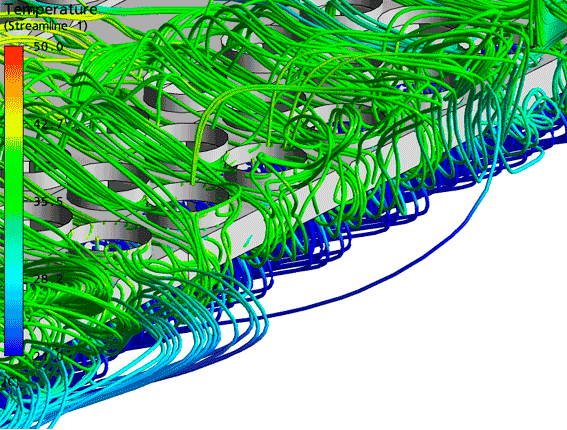
CASE STUDY
EnginSoft developed a 3D CFD model of a Liquefied Natural Gas (LNG) Plant for the simulation of the Air-Cooled Heat Exchanger Systems’ (ACHE) arrays and their interaction with the wind.
energy cfd ansys oil-gas
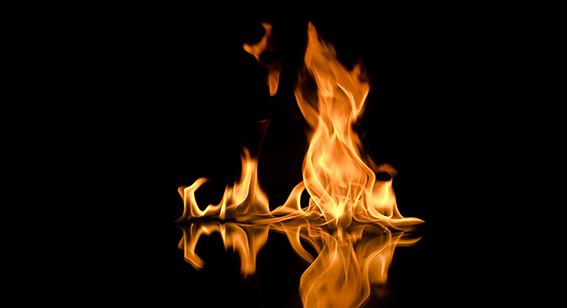
CASE STUDY
In this technical case study, EnginSoft was called in to assist in the application of Computational Fluid Dynamics (CFD) to model the flame size of a regeneration gas-fired heater for a project in Oman.
ansys mechanics energy oil-gas
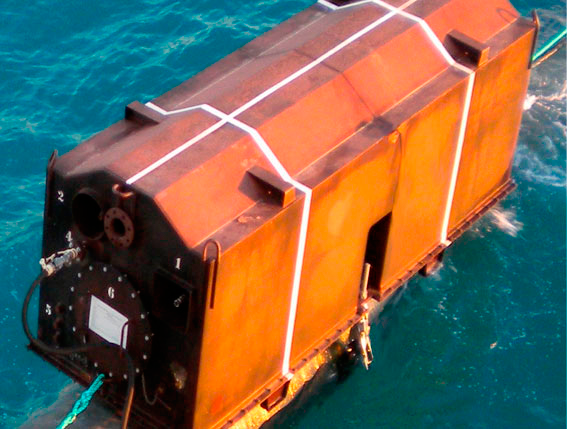
CASE STUDY
A developer of innovative equipment designed a system to simplify the towing and laying down of marine pipelines in shallow water fields.
energy modefrontier optimization oil-gas recurdyn
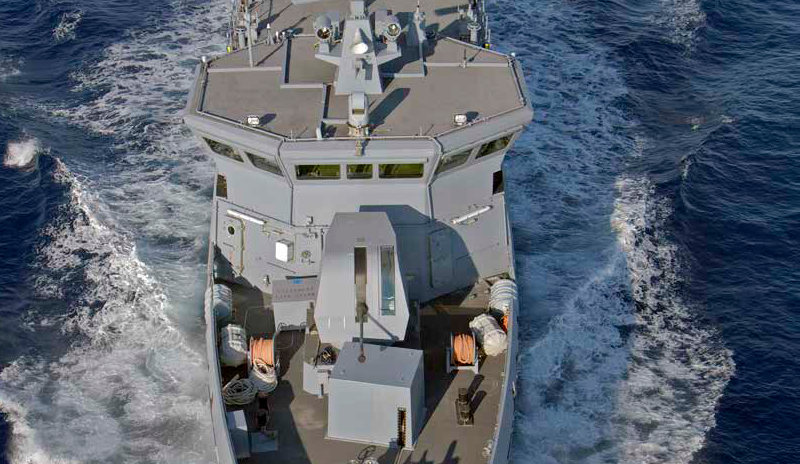
CASE STUDY
This technical article describes a comparative study that was undertaken by Intermarine, with the assistance of EnginSoft, between using the Flownex simulation environment and Intermarine’s manual or classic methods (both of which were compared with actual field data from on-board measurements) to predict pressure losses in the various piping systems that convey fluids on board a vessel.
marine energy oil-gas flownex
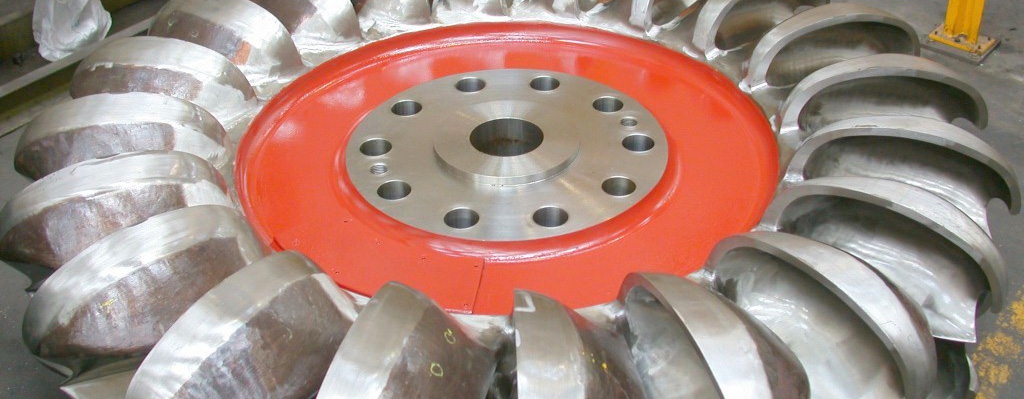
CASE STUDY
EnginSoft developed a Computational Fluid Dynamic (CFD) analysis methodology for the performance evaluation of a Pelton turbine
energy cfd ansys oil-gas
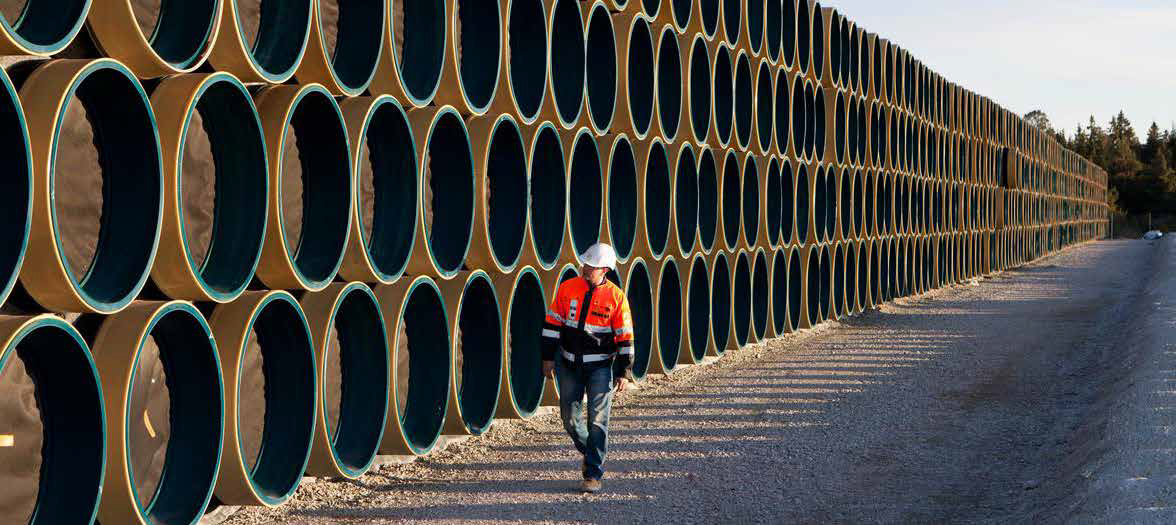
CASE STUDY
Oil or gas pipelines that cover long distances pose complex design challenges. Every environment the pipeline crosses is characterized by different potential geohazards. One of the most dangerous for a pipeline is a rockfall.
oil-gas mechanics ansys
CASE STUDY
In our two-part feature article, Livio Furlan explains how numerical simulation is used to design and plan structures that will resist the specific environmental characteristics of marine mineral resource extraction, as well as its role in meeting standards and regulatory certification.
oil-gas
CASE STUDY
The cumbersome task of verifying structural design according to numerous standards has always been a challenge. Through tireless dedication and relentless innovation, engineers found that they were able to conduct standards verification directly within Ansys Mechanical, Simcenter 3D, and Femap using SDC Verifier software.
sdc-verifier oil-gas
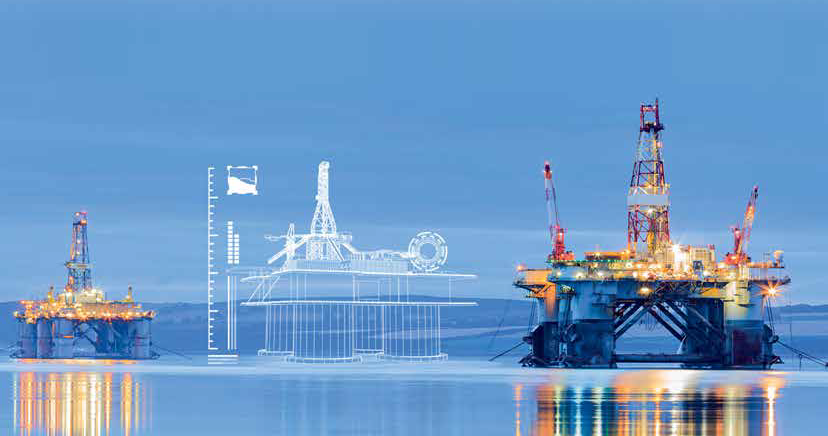
CASE STUDY
In this technical article, the authors discuss the development of CAE models for simulating the behavior of shaped charges, devices used in various industrial sectors, against two types of target – a monolithic steel target and a multi-layer steel-ceramic target – in order to better understand the physics of penetration.
ansys ls-dyna civil-engineering mechanics oil-gas

CASE STUDY
This technical article presents a study to design a device that operates entirely on the principle of trapped vortices that intrinsically improve the mixing of hot combustion gases with fresh mixture, a characteristic that is essential both to diluted combustion and to Moderate or Intense Low-oxygen Dilution (MILD) combustion.
ansys cfd turbomachinery energy oil-gas